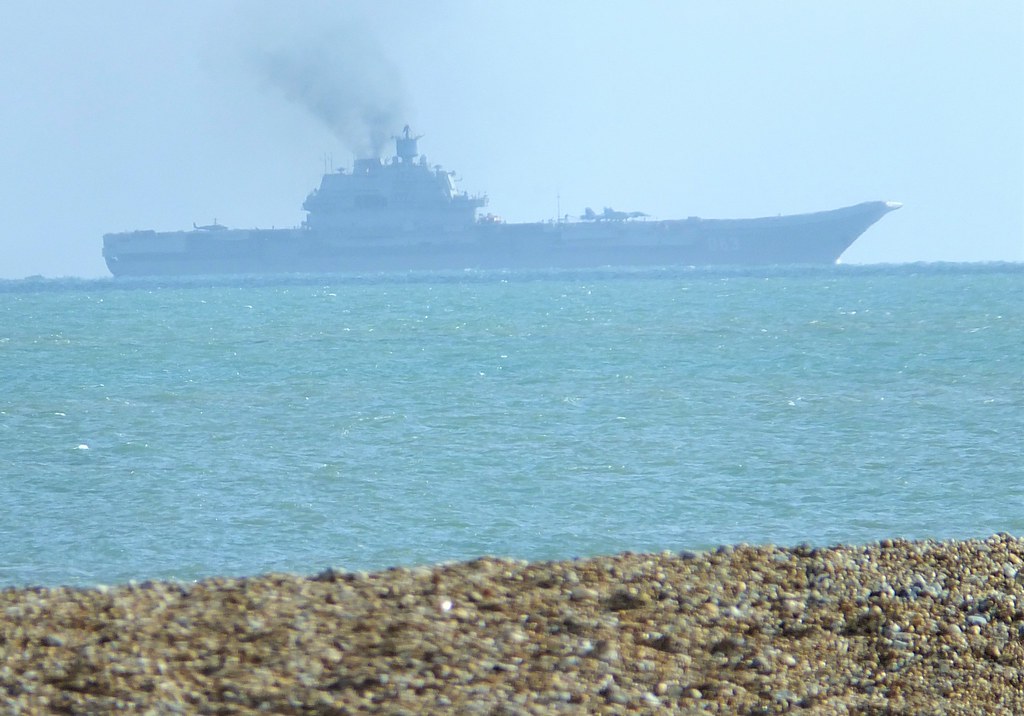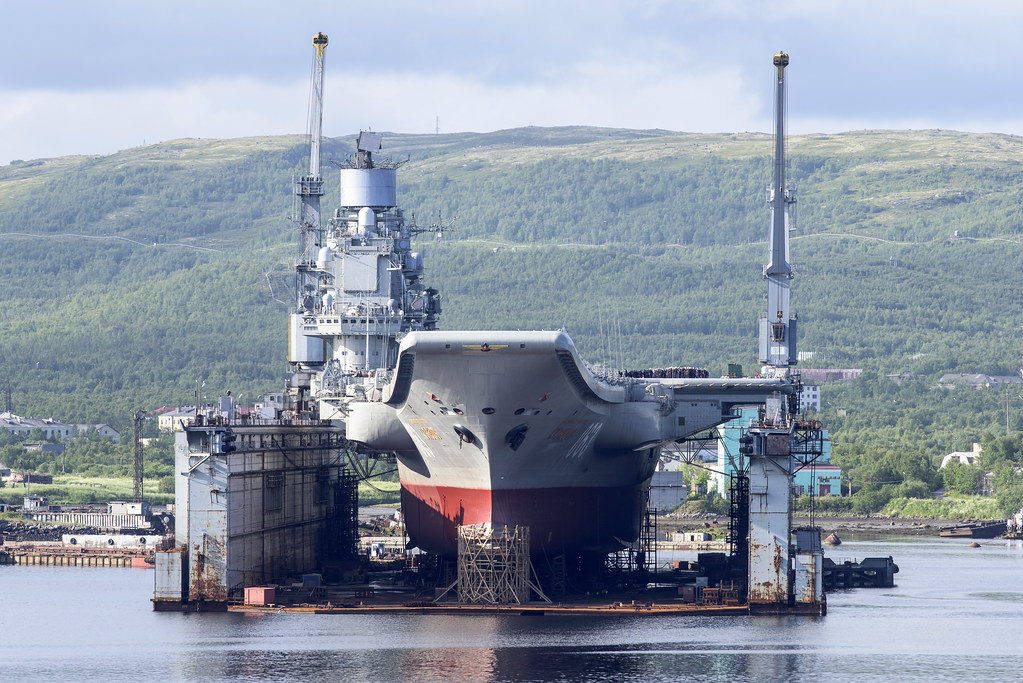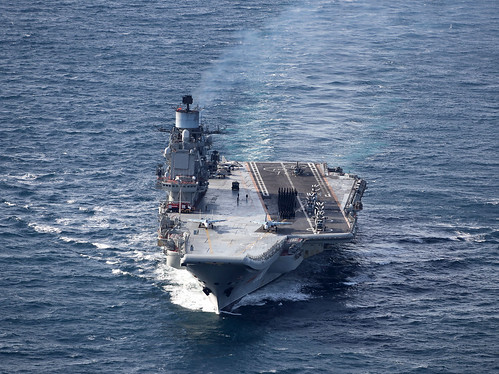
The saga of the Admiral Kuznetsov, Russia’s sole aircraft carrier, is a testament to the nation’s challenging pursuit of naval power and a symbol of broader struggles within its military capabilities.

Despite its impressive size and capabilities on paper, the Kuznetsov is often cited as one of the worst carriers due to a litany of operational issues and technological obsolescence.

Commissioned in 1990, the Kuznetsov-class carrier was an ambitious project for the Soviet Union, which sought to bolster its naval power projection.

However, the carrier has been perennially plagued by maintenance issues, outdated technology, and inefficiencies that starkly contrast with the advanced naval forces of the West, particularly the United States.

The carrier’s problematic Mazut-fueled propulsion system exemplifies its technical limitations.

Mazut, a heavy petrochemical fuel, has been largely abandoned by modern marine vessels in favor of nuclear or gas-turbine systems.

The Kuznetsov’s reliance on this outdated fuel not only results in frequent engine failures but also produces excessive black smoke, a striking visual reminder of the ship’s inefficiencies.

Moreover, the vessel’s power source, combined with poor-quality boilers and pipes, often requires it to travel with a tugboat escort, a stark contrast to the nuclear-powered carriers of the U.S. that enjoy unlimited operational range, only constrained by crew endurance and supplies.

In one particularly embarrassing incident in 2012, the Kuznetsov lost power and had to be towed by the tugboat Nikolay Chiker for 2,700 miles.

The carrier’s flight deck design also contributes to its limitations. Using a ski-jump ramp for aircraft launch instead of a steam or electromagnetic catapult means that aircraft must be lighter and carry less armament, reducing their combat effectiveness.

Despite these flaws, Russia has maintained the Kuznetsov to avoid a capabilities gap within its navy.

Nevertheless, the Kuznetsov has become somewhat of a symbol for Russia’s naval and technological challenges.

The ship sustained further damage when a crane fell onto it during repair works, leaving a substantial hole in its hull.

Its planned overhaul, which was supposed to be completed by 2020, was indicative of the ongoing issues and potential future of Russia’s carrier ambitions.

“The main problem with the ship is that it has a very problematic propulsion system,” Dmitry Gorenburg, a senior research scientist at the Center for Naval Analyses, previously told Business Insider. “It’s just unreliable.”
Relevant articles:
– Admiral Kuznetsov: Russia Built the Worst Aircraft Carrier Ever, The National Interest
– Why Does Russia’s Last Aircraft Carrier Pump Out So Black Smoke?, nationalinterest.org
– Flattop Failures: 5 Worst Aircraft Carriers Ever, The National Interest
– Take a tour of Russia’s Admiral Kuznetsov, the world’s worst aircraft carrier that recently suffered a massive shipyard accident, Business Insider

